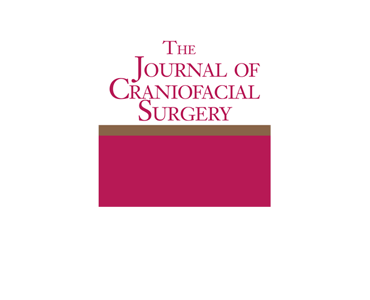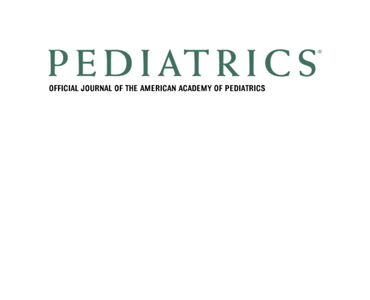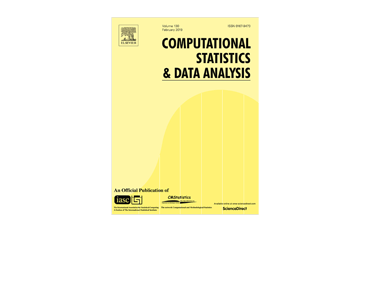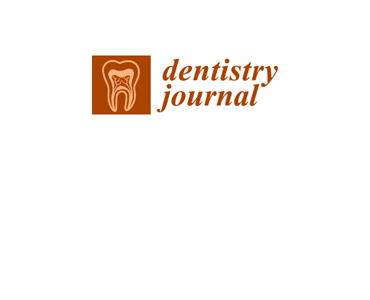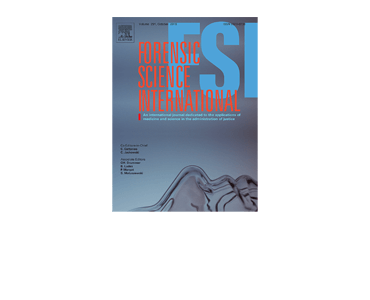Quantitative evaluation of local head malformations from 3 dimensional photography: application to craniosynostosis. L Tu, AR Porras, A Oh, N Lepore, GC Buck, D Tsering, A Enquobahrie, R Keating, GF Rogers, MG Linguraru.
Date: March 2019. Source: Proc. SPIE 10950, Medical Imaging 2019: Computer-Aided Diagnosis, 1095035. Abstract: The evaluation of head malformations plays an essential role in the early diagnosis, the decision to perform surgery and the assessment of the surgical outcome of patients with craniosynostosis. Clinicians rely on two metrics to evaluate the head shape: head circumference…


